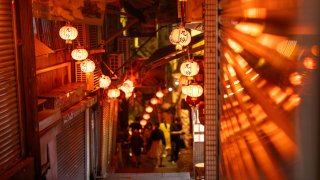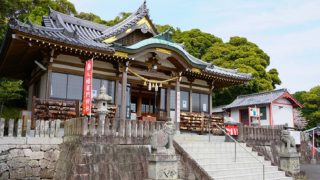 CONTENT
CONTENT Spider-Man’s Holy Site The Flatiron Building, Home of the Daily Bugle Where Peter Worked Part-Time
Among New York’s countless landmarks, the Flatiron Building stands out as a cultural icon. Its role in the Spider-Man films transformed it into a must-visit location for tourists and fans alike, bridging the worlds of architecture, history, and cinema.









